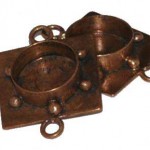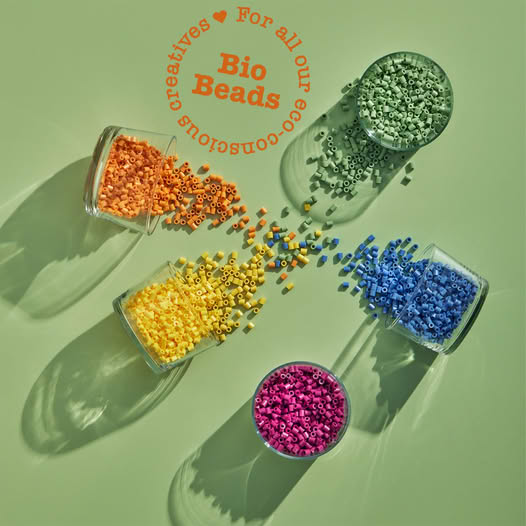Art Jewelers Susan Lenart Kazmer and her business partner Linda Larsen ; owners of Objects and Elements webstore, have been busy the last few months. They’ve been updating the store with all kinds of unique goodies you won’t find anywhere else likeAncient Roman Glass beads, antique African Dougan, unique bezel settings and cast bronze Ammonites .
I’m a big fan of ICE resin and it’s what I use in my jewelry work. You can buy that online at the Objects & Elements store . There is also lots of unique bezels, fibers, resin molds and tools for your art jewelry making needs.
In addition to searching out great jewelrymaking supplies, they have just revealed a new blog and a new Objects and Elements Design Team.
The Objects and Elements blog has just gone live and will soon have lots of content such as jewelry by Susan Lenart Kazmer and Linda Larsen, design team jewelry inspirations, updates on new store items, guest artist features, reader challenges and more. You don’t want to miss out on any of the fun, so be sure to add the RSS feed to your blog links or add to bloglines or Google Reader
I am extremely happy to announce that I am on the Objects and Elements Design team. The other Design Team members are: Jen Cushman, Deryn Mentock, Kristen Robinson, and Jane Salley . In the coming weeks, you’ll be able to see the design teams creations on the new Objects and Elements Blog. The team wil be creating some lovely projects using the amazing supplies from the Objects & Elements store, along with various found objects, beads, wire, etc… to inspire you to create your own unique jewelry.
If you are unfamiliar with Susan and her work, please check out her amazing jewelry work, check out her blog , get her book “Making Connection” or look at her workshop schedule to take a class with her.

